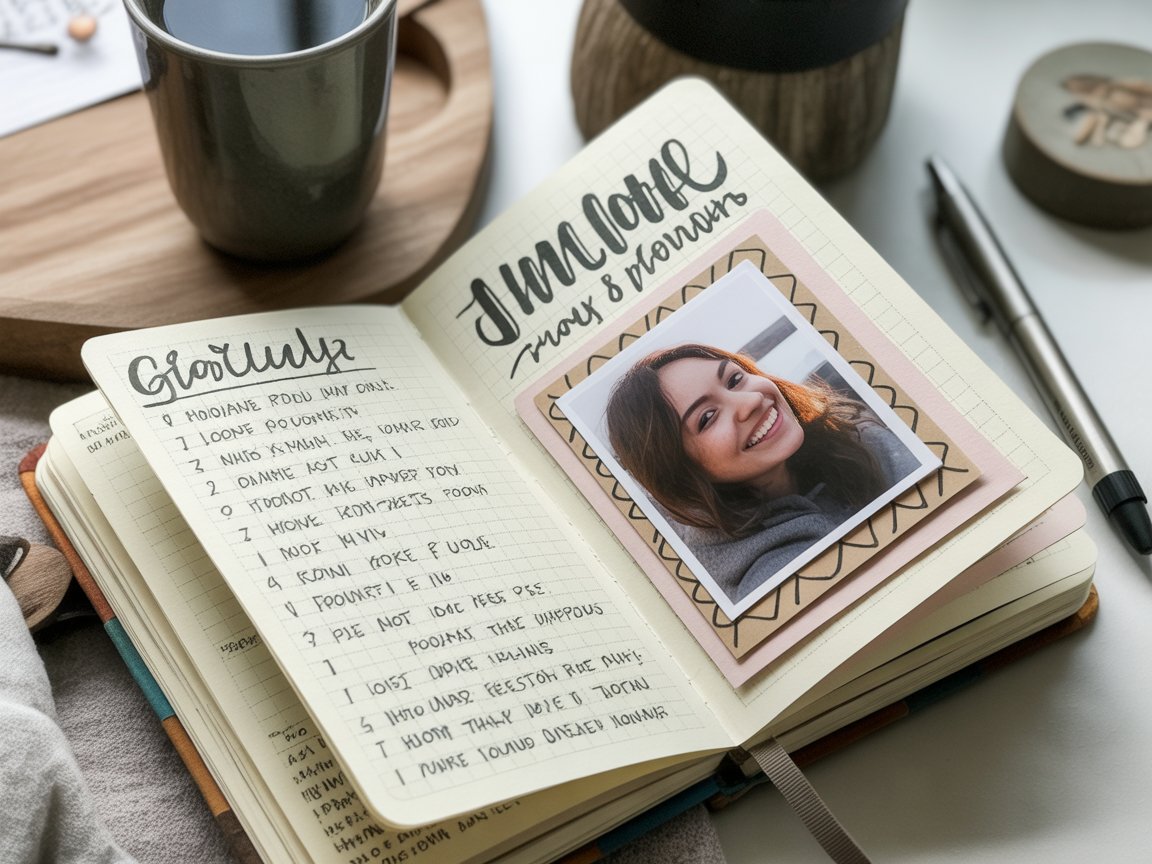
Contents
Introduction
Junk journaling is a fun and creative way to document memories, practice art, or make unique gifts. If you’re just starting out, it can feel overwhelming — but it doesn’t have to! With a few free junk journal download pages and some simple tools, you can start your own beautiful junk journal today.
Whether you’re drawn to vintage ephemera, botanical themes, or modern minimalist designs, junk journaling offers endless possibilities for self-expression. Unlike traditional scrapbooking, junk journals embrace imperfection and celebrate the beauty of everyday materials. Old ticket stubs, tea-stained paper, fabric scraps, and magazine clippings all become treasures in your creative sanctuary.
The best part? There’s no right or wrong way to create a junk journal. Your journal becomes a reflection of your personality, interests, and journey. It’s a mindful practice that combines creativity with memory-keeping, offering a screen-free escape from our digital world.
What You Need to Get Started
Getting started with junk journaling doesn’t require expensive supplies or artistic expertise. Here’s what you’ll need for your first journal:
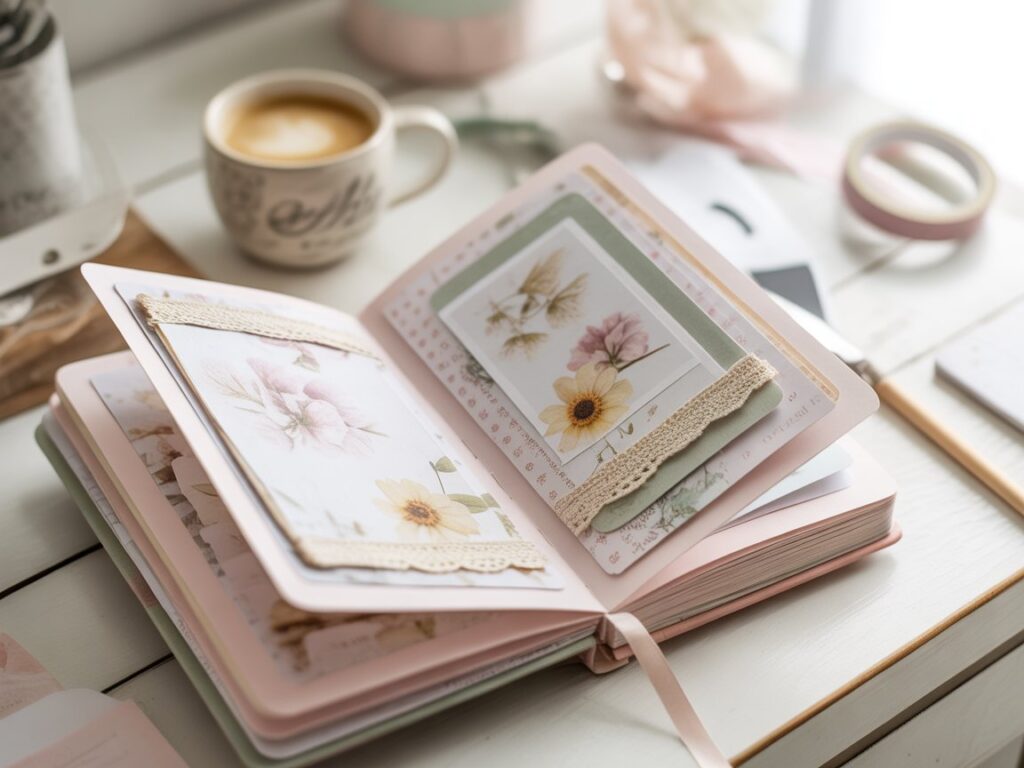
Essential Supplies:
- A digital or printed journal base (you can print your favorite free junk journal printable pages from our site)
- Scissors and craft knife for precision cutting
- Adhesives: glue stick, liquid glue, or double-sided tape
- Washi tape in various patterns and colors
- Pens and markers in different tip sizes
- Embellishments like stickers, stamps, or ribbons
Optional But Fun Additions:
- Vintage papers, book pages, or sheet music
- Envelopes and pockets for hidden elements
- Lace, fabric scraps, or trim
- Dried flowers or pressed botanicals
- Old photographs or postcards
- Paper punches and decorative scissors
- Watercolors or ink pads
Many crafters start by raiding their recycling bin, junk mail, and old magazines. Those forgotten materials often make the most interesting journal pages. Save coffee-stained receipts, packaging with beautiful typography, or colorful tissue paper from gifts — they all add character to your journal.
Step-by-Step Guide
Choose Your Theme
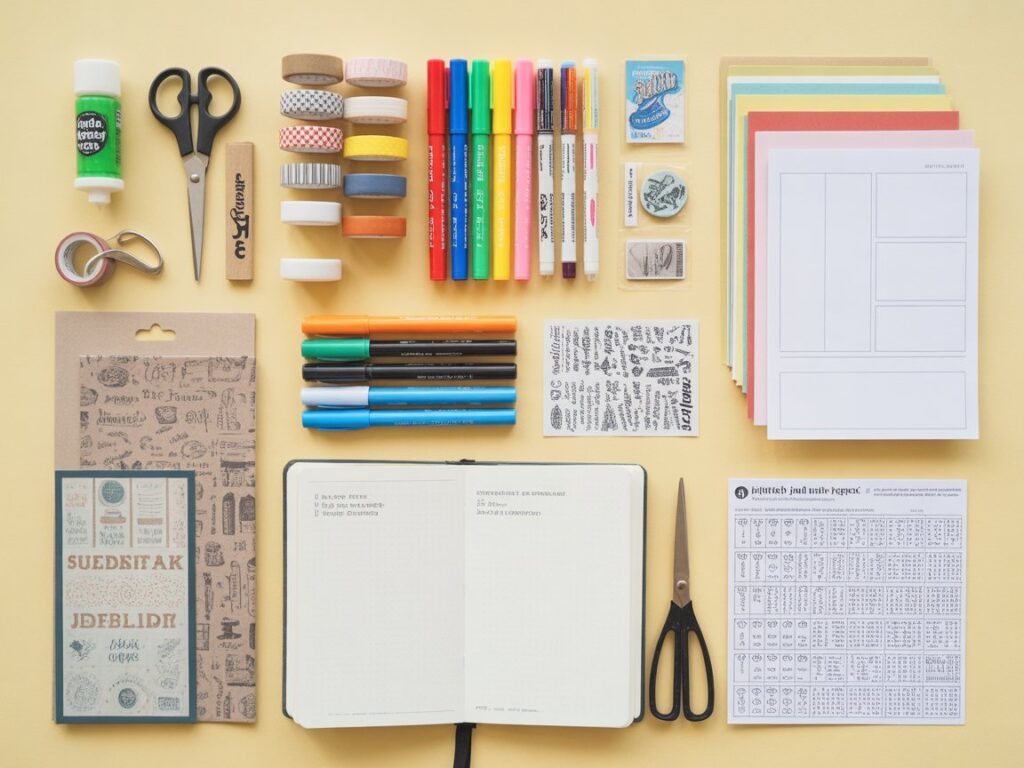
Decide whether your journal will be floral, travel-themed, vintage, or seasonal. Your theme will guide your color palette and material choices. Consider creating a mood board before you begin, gathering inspiration from Pinterest, Instagram, or nature walks. Some popular themes include:
- Vintage Victorian: Think lace, sepia tones, and romantic florals
- Travel Adventures: Maps, tickets, postcards, and destination ephemera
- Nature Journal: Pressed flowers, botanical prints, and earthy colors
- Cottagecore: Soft pastels, tea-stained pages, and countryside imagery
- Seasonal: Celebrate each season with appropriate colors and motifs
Don’t feel locked into one theme forever. Many junk journalers create different sections within their journals or start fresh journals for new inspirations.
Print Your Free Pages
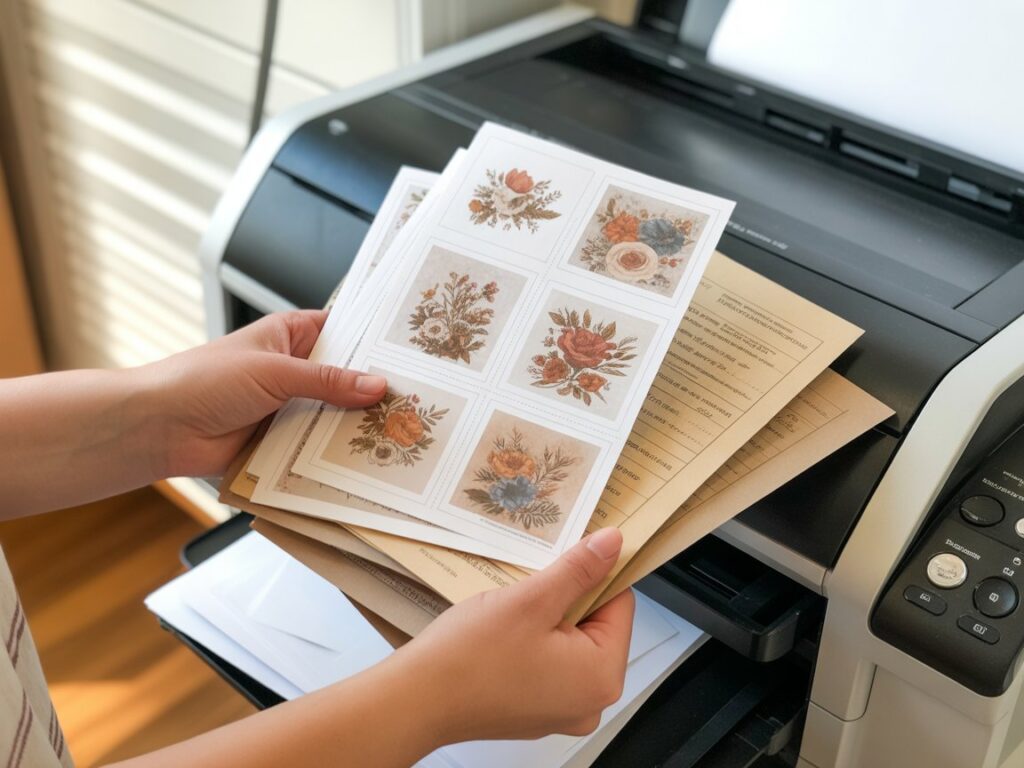
Use junk journal downloads from our free collection to build your foundation. Digital printables offer incredible variety without the cost of purchasing pre-made journals. Print pages on different paper types to create interesting textures:
- Regular printer paper for everyday journaling
- Cardstock for sturdy pages and covers
- Parchment or aged paper for vintage aesthetics
- Watercolor paper if you plan to add paints
Experiment with printing at different scales or in draft mode for a weathered look. You can also print on recycled paper bags or kraft paper for rustic pages.
Assemble Your Journal
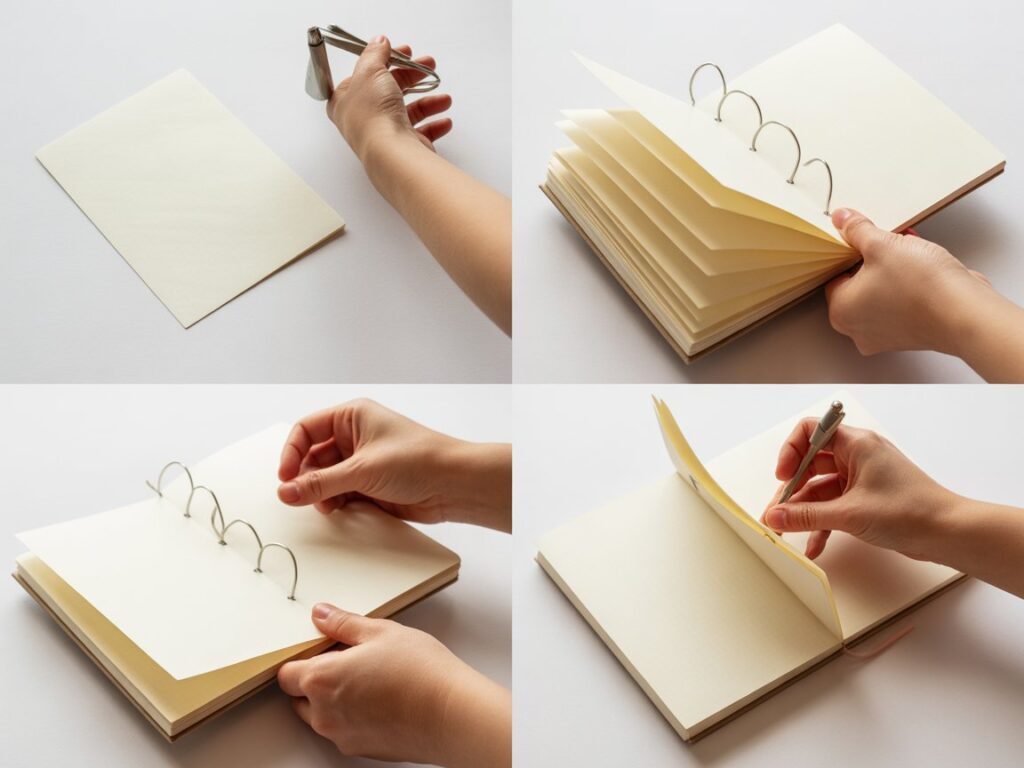
Layer pages, add pockets, and create folds to build dimension and interest. Start by deciding on your binding method. Beginners often find pamphlet stitch or ring binding easiest, but you can also use:
- Binder clips for flexibility
- Japanese stab binding for a decorative touch
- Simple stapling for smaller journals
- Elastic bands around a folded spine
Create interactive elements by folding pages into pockets, adding envelopes, or making flip-out sections. These hidden spaces invite discovery and add whimsy to your journal. Try accordion folds, gate folds, or simple folded corners to create spaces for tucking in special mementos.
Decorate
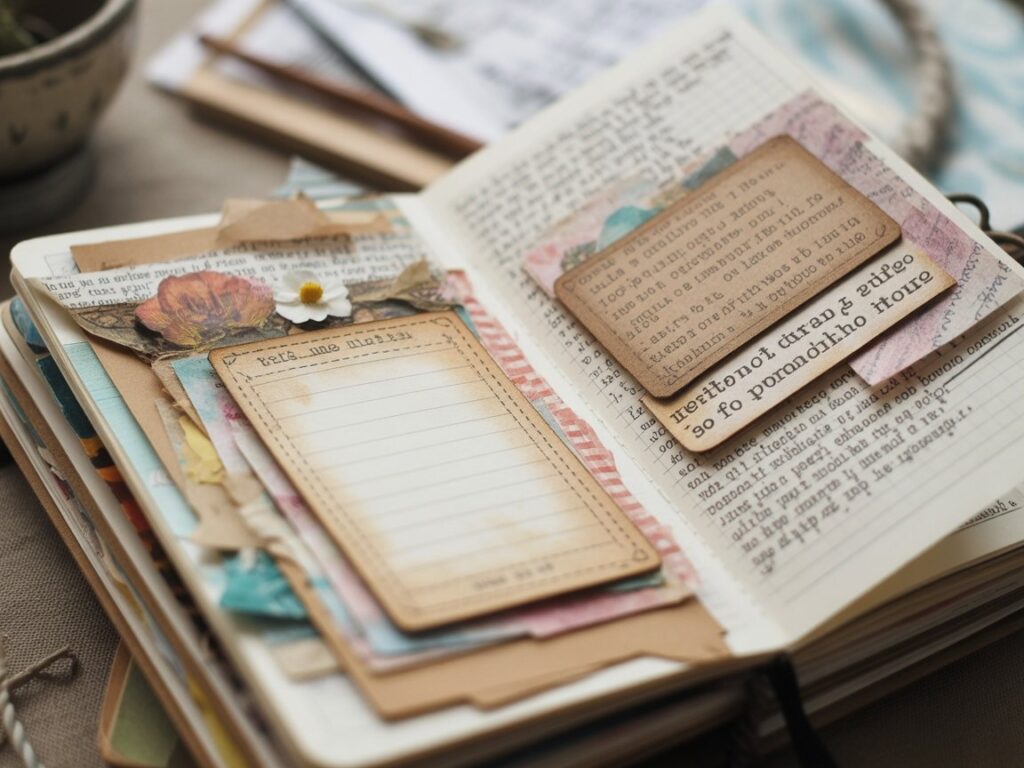
Add doodles, ephemera, or pressed flowers to bring your pages to life. This is where your personal style shines. Layering is key in junk journaling — don’t be afraid to overlap elements, create collages, or add dimensional embellishments.
Try techniques like:
- Edge distressing with ink pads or sandpaper
- Tea or coffee staining for aged effects
- Stamping repeated patterns
- Adding handwritten quotes or poetry
- Creating borders with washi tape
- Incorporating fabric or ribbon bookmarks
Remember, the “junk” in junk journal means embracing imperfection. Ripped edges, wrinkled paper, and asymmetrical layouts all add to the charm.
Personalize

Include journaling spots, inspirational quotes, or photographs that make the journal uniquely yours. Leave space for writing alongside your decorative elements. Your journal can serve multiple purposes:
- Daily gratitude lists
- Creative writing prompts
- Art journaling and sketches
- Memory keeping with photos
- Quote collections
- Dreams and goal tracking
Add dates to document your creative journey, or leave your journal timeless. Some crafters include writing prompts on decorated pages, creating an interactive journal that invites daily use.
Pro Tips for Beginners
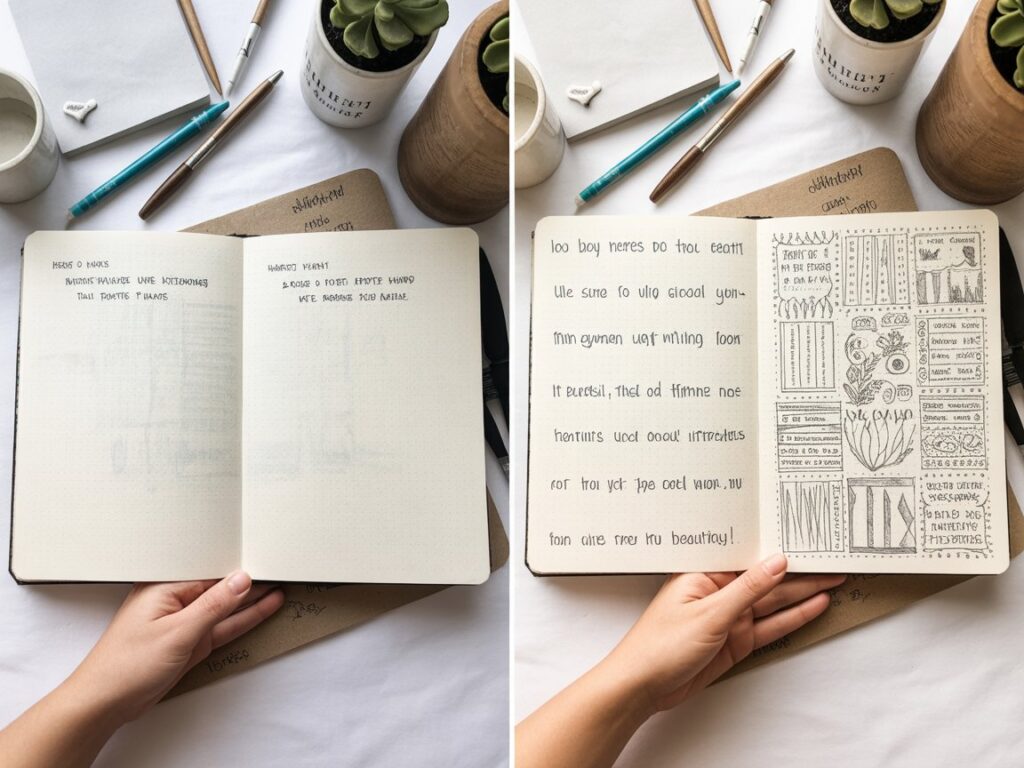
Start Small: Five to ten pages is enough to explore your creativity without feeling overwhelmed. You can always add more pages later or start a new journal. Beginning with a manageable project helps you finish what you start and builds confidence.
Mix Textures: Combine tea-stained backgrounds with bright watercolor designs, or pair delicate lace with bold typography. Contrast creates visual interest and prevents your journal from feeling flat or monotonous.
Save Digital Templates: Keep your favorite free printable junk journal pages organized in folders on your computer for future journals. Create seasonal collections or theme-based folders so you can easily find the perfect pages when inspiration strikes.
Build a Supply Stash: Create a dedicated box or drawer for junk journal supplies. Collect interesting papers, ephemera, and embellishments as you encounter them in daily life. This way, you’ll always have materials ready when creativity calls.
Join the Community: Connect with other junk journalers through social media hashtags or local craft groups. Sharing your work and seeing others’ creations provides endless inspiration and encouragement.
Don’t Overthink It: Your first journal doesn’t need to be perfect. The beauty of junk journaling lies in the process, not just the finished product. Embrace happy accidents and learn from each page you create.
Freebie: Download Your Starter Kit
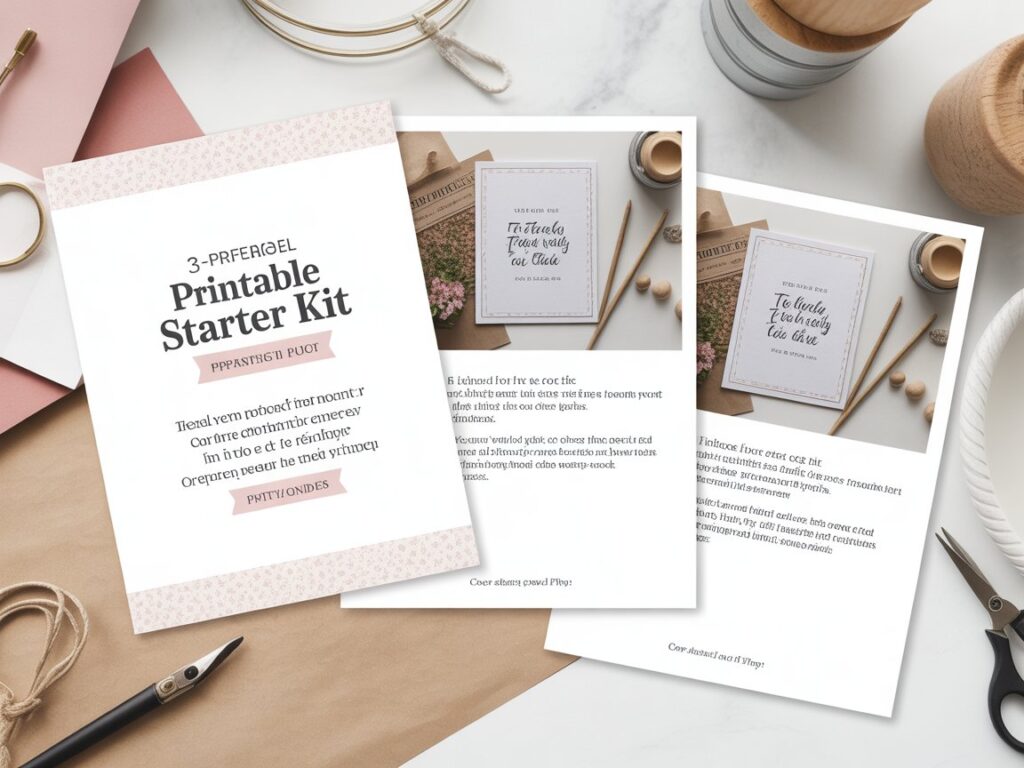
Ready to begin? Download your 3-page beginner printable starter kit [link here] to jumpstart your junk journaling adventure. This collection includes a decorative cover page, two themed interior pages with journaling spaces, and basic layout suggestions to guide your first creation.
Your junk journaling journey starts now. Gather your supplies, print your pages, and let your creativity flow onto the paper. There’s no pressure to create perfection — just the joy of making something beautiful and uniquely yours.